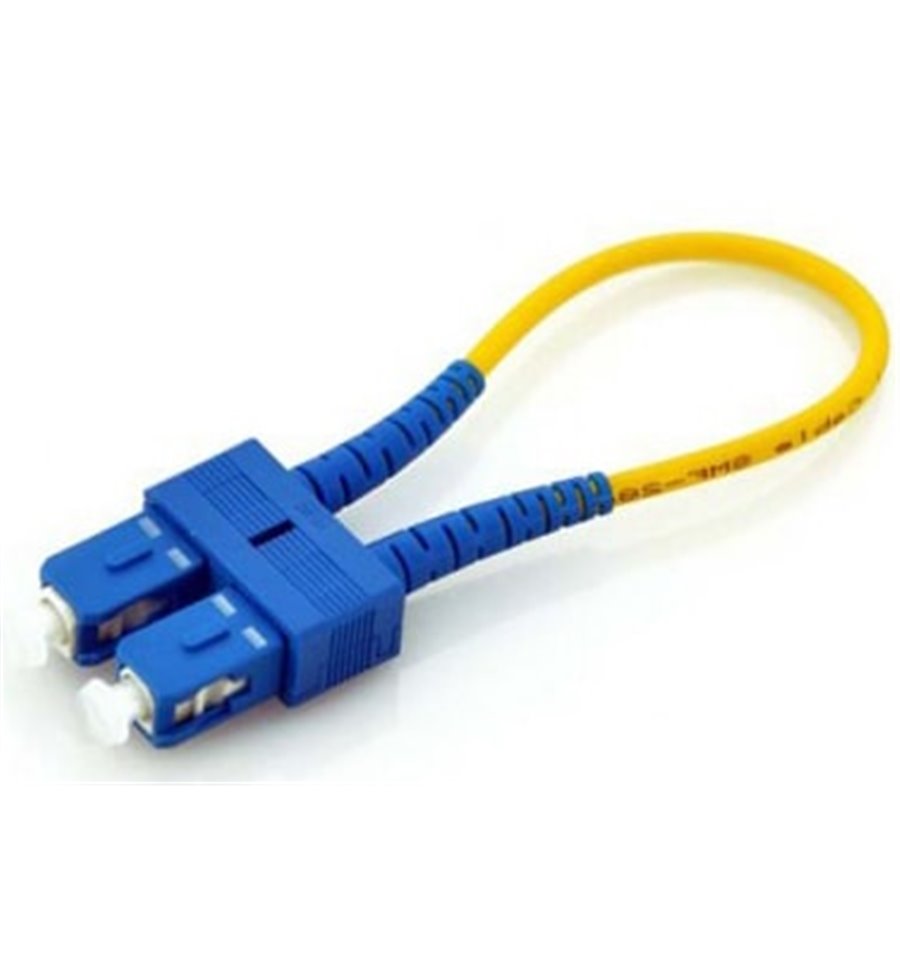

These pages are intended to provide informationĪbout the most common serial RS232 cables in normal computer use, or in more common RS232 serial connector pin assignment RS232 DB9 to DB25 converter RS232 serial loopback test plugs RS232 null modem cables Spy / monitor cable Serial printer cables Yost RS232 on RJ45 standardĪlmost nothing in computer interfacing is more confusing than selecting the You need to minimize interference with other signals.Save this page to On these pages Volt measured differentially between the signal conductor and circuitĬommon at the load end of the cable, with a 50-ohm resistor substituted Noise source that might cause an unwanted voltage in excess of +1 The interconnecting cable is exposed to an extraneous The interconnecting cable is too long for effective operation. Rate of 16.384 MHz, you might need to use a slower rate if any of You can configure the following interface speeds:Īlthough the serial interface is intended for use at the default You can include this statement at the following hierarchy levels: To configure the clock rate, include the clock-rate statement: clock-rate rate Note that DCE clocking mode and loop clocking mode use externalīy default, the serial interface has a clock rate of 16.384 MHz.įor EIA-530 and V.35 interfaces with internal clocking mode configured, For more information about the DTE clock rate, This clock by including the clock-rate statement at the or hierarchy levels. Internal clocking mode-Also known as line timing, Loop clocking mode-Uses the DCE’s RX clockĭCE clocking mode-Uses the TXC clock, which is generatedīy the DCE specifically to be used by the DTE as the DTE’s transmit The three clocking modes work as follows:

To use loop, DCE, or internal clocking mode. For EIA-530Īnd V.35 interfaces, you can configure each port on the PIC independently Loopback modes-local, remote, and dce-local loopbackīy default, serial interfaces use loop clocking mode. Separate cable for each line protocol (both DTE/DCE mode)Įrror counters (conformance to ANSI specification) Idle flag/fill (0x7e or all ones), default idle flag isĬounters-giants, runts, FCS error, terminate error,ĮIA530/EIA530A, X.21, RS-449, RS-232, V.35 RS-232 serial interfaces might cause an error with a clock rate With remote modems and these signals are hardly used. The carrier detect and ring indicator signals detect connections RTS and CTS signals, the DTR and DSR signals are hardly utilized. However, because of the negotiation that takes place with the

Similarly, the DCE sets its DSR signal to a marked When a serial port is opens, the DTE device sets its DTR signal The wire name does not indicate the direction of data RD line-Line through which the data transmits from TD line-Line through which the data transmits from The transmitted data (TD) lines and receives data across received When you send the information, it transmits data across It sets its CTS signal to a marked state to indicate to If the DTE is not able to receiveĭata-because of buffer conditions, for example-it sets It sets its RTS signal to a marked state all 1s to indicate When the DTE device is ready to receive data: This establishes the link and traffic can pass. The DCE transmits a DSR signal to the DTE, which responds 8-Port Synchronous Serial GPIM on SRX devices.This support on serial interfaces is the same as the existing LFIĪnd MLPPP support on T1 and E1 interfaces. See Configuring Logical Interface Properties. There are no serial interface-specific logical properties.įor information about general logical properties that you can configure, Standard (known as EIA-449) is compatible with RS-422 signal levels. RS-232 -A Recommended Standard (RS) known as EIA-232. Standards to configure serial interfaces typeĮIA-530-An Electronics Industries Alliance (EIA) For information about platforms support, see hardware compatibility tool


 0 kommentar(er)
0 kommentar(er)
